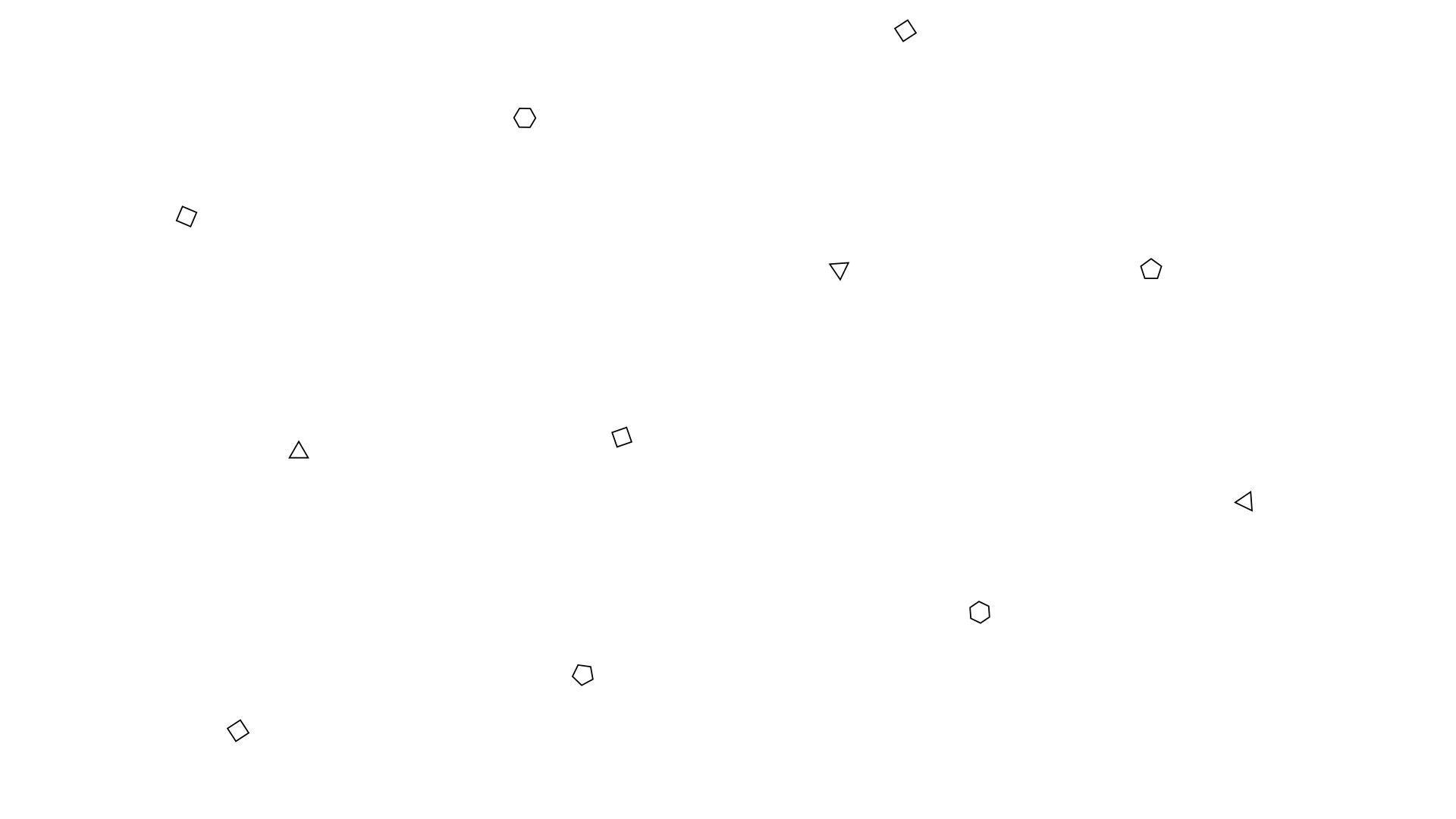
Ally Kettle
How does the implementation of 21st century technology, within STEM,
enhance and elevate year 3/4 student learning?
1. CONTENT AND CONTEXT FOR LEARNING
Tulliallan Primary School (TPS) is a co-educational government primary school located in Melbourne’s South Eastern Suburbs.Opening at the beginning of 2017, TPS has experienced large growth over the course of its inaugural year, currently catering for over 300 students with projections to be over 600 students starting at the beginning of the 2018 school year.As a school with an open plan learning environment, TPS is committed to providing an education that empowers our students to become involved in their own learning and developing happy, resilient and responsible students who demonstrate positive social skills and empathy towards others. Students are afforded a wide range of learning opportunities at TPS from high-quality Literacy and Numeracy programs, to specialist’s programs including Physical Education, Performing Arts, Mandarin, STEM (Science, Technology, Engineering, and Mathematics) and Visual Arts.Tulliallan Primary School also has at least 1 Educational Support staff within each learning community, with two in both the 1/2 and 3/4 learning community. Students at Tulliallan come from a diverse number of cultural backgrounds with families from; India, Afghanistan, and China and more.
This proposed research project would see a small group of children and their STEM Science work investigated and analysed; delivering results that will either support the use of digital 21st-century technology in the STEM classroom or promote further research in the field. The research would be conducted in a specific unit of the STEM curriculum, known as Earth and Space Science. It would be a varied amount of academic outcomes, with some standardised teacher-directed lessons. However, to gauge the full breadth of data and possible student engagement most lessons incorporated into this proposed STEM research are flipped student-driven lessons.
Technology does not always work; this is no secret within the realm of any environment that requires humans to fully trust machines. These failures could be due to the Internet dropping out, the student’s login timing out or the machine itself shutting down due to unforeseen circumstances; all of which cannot genuinely be 100% prevented. These errors, if not rectified in a timely manner, will affect the way in which students participate, listen, contribute, collaborate within the proposal.
To address and answer the above research question thoroughly, a critical assessment and evaluation of all collected data needs ensure that it has specific driving aims. Without driving aims this research question could be determined as vague and the area of gathered information and analysis would be too broad. The STEM research proposal, involving the implementation of 21st-century technology within specialist lessons, has two specific aims.
The first aim specifically addresses the use of 21st-century technology within classrooms. This includes the use of laptops, iPads, coding devices, robotics, interactive whiteboards, headphones, and tablets. The objective of integrating technology within STEM classrooms is to assess how students engage with the science information they taught from digital devices versus teacher lead conversation and written bookwork activity. It is essential that within the first four weeks, of this proposed ten-week research period, the first aim has data collected that provides a significant and clear insight to the purpose of digital technology in classrooms. If it is proven that 21st-century technology cannot be implemented within STEM classes, any further research will require clarification and implementation review.
The second aim, of this research proposal, is directed towards to specific focus of expanding and elevating students STEM learning. Before the implementation of digital technology can be included into STEM planning, first the instructor or teacher needs to have an in-depth knowledge of how best to elevate the student’s learning. This kind of knowledge comes via experience, professional development, knowing how students learn and understanding what skills students are needing to expand and develop most.